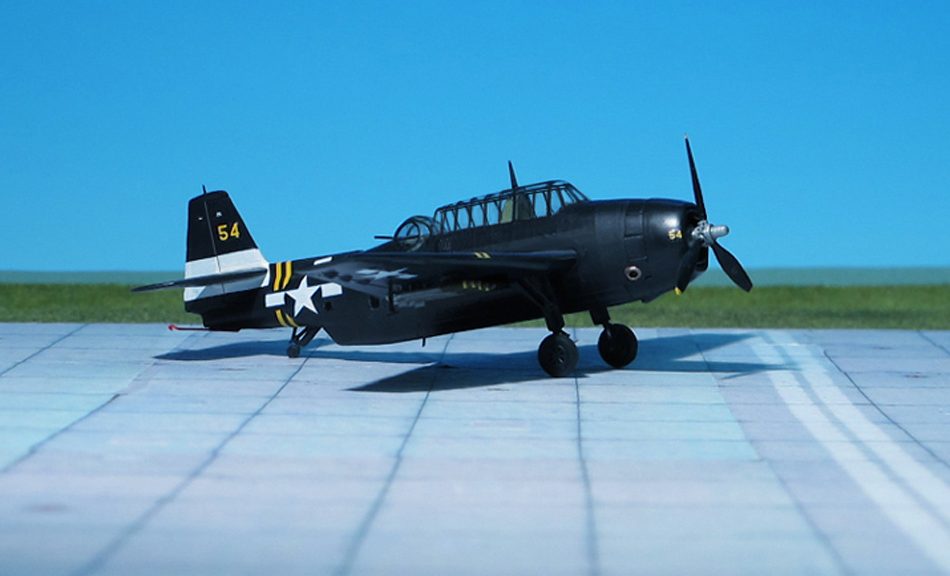TYPE: Carrier-borne Torpedo-bomber,
ACCOMMODATION: Crew of three
POWER PLANT: One Wright R-2600-20 “Twin Cyclone” radial engine, rated at 1,900 hp
PERFORMANCE: 276 mph at 16,500 ft
COMMENT: By 1943, Grumman began to slowly phase out production of the TBF “Avenger” to produce Grumman F6F “Hellcat” fighters, and the Eastern Aircraft Division of General Motors took over production, with these aircraft being designated TBM. The Eastern Aircraft plant was located in Ewing, NJ. Grumman delivered a TBF-1, held together with sheet metal screws, so that the automotive engineers could disassemble it, a part at a time, and redesign the aircraft for automotive style production. This aircraft was known as the “P-K Avenger” (P-K = Parker-Kalon, manufacturer of sheet metal screws). Starting in mid-1944, the TBM-3 began production with a more powerful power plant and wing hard points for drop tanks and rockets. The dash-3 was the most numerous of the “Avengers” with about 4,664 produced. However, most of the “Avengers” in service were dash-1s until near the end of the war in 1945.
Besides the traditional surface role (torpedoing surface ships), “Avengers” claimed about 30 submarine kills. They were one of the most effective sub-killers in the Pacific theatre, as well as in the Atlantic, when escort carriers were finally available to escort Allied convoys. There, the “Avengers” contributed to the warding off of German submarines while providing air cover for the convoys (Ref.: 24).












